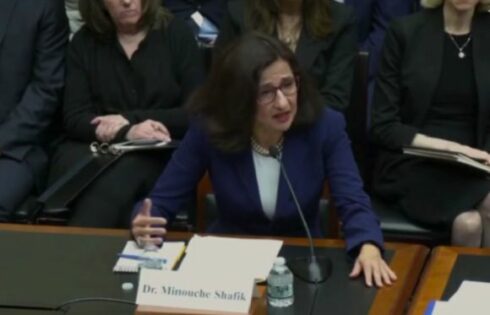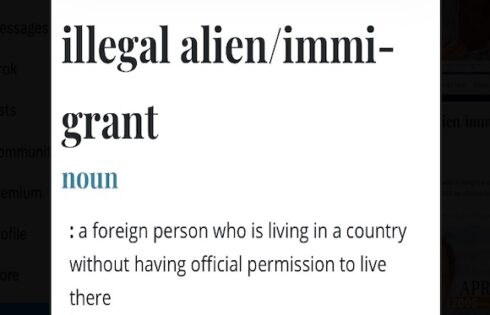
Only two minority graduates who failed had minimum accepted LSAT score
A year ago we told you about University of Arkansas-Little Rock Law Prof. Robert Steinbuch, who had resorted to litigation to get unredacted admissions and bar-passage data – particularly on race – from the law school when it refused his FOIA requests.
The law school has finally relented, and Steinbuch is sharing the data at The Arkansas Project, which is associated with the free-market Advance Arkansas Institute.
It’s been a real slog, he writes:
As I was pursuing my lawsuit and chasing the data, I was challenged by my colleagues (which was o.k.) and attacked by them (which was not o.k.); I added retaliation claims to my lawsuit; and I published a law-journal article in which my PhD-in-statistics coauthor and I confirmed that the UALR law school had admitted some minorities with significantly lower incoming metrics, which corresponded with significantly worse bar-passage rates.
MORE: Law prof says ‘race-baiting’ colleagues trying to stop his study of admissions
The picture the data paint – 10 years’ worth – is “difficult to reconcile” with what Dean Michael Hunter Schwartz told law students after Steinbuch’s efforts became the subject of panic among some students, he says.
Schwartz had claimed the “minority” first-time pass rate for the bar was 80 percent, higher than the 75 percent rate for whites. He also said there was only “a marginal difference” between attrition rates for white and minority students, less than 3 percent.
You’ll notice there’s no breakdown within “minority.” Steinbuch finally got that breakdown, and here’s what he found (while admitting the data sets weren’t identical but had “likely a large overlap”):
White graduates with bar-passage information passed the bar the first time with a 78% pass rate. Black graduates with bar-passage information passed the bar the first time with a 53% pass rate. Hispanic, Asian/Pacific-Islander, and American-Indian graduates with bar-passage information, combined, passed the bar with an 80% pass rate.
MORE: Scalia says low-performing minorities would do better at non-elite schools
Assuming most of these grads entered between 2010 and 2012,
The bottom quartile LSAT score for both 2010 and 2011 was 151, and 149 for 2012. (For 2015 it was 146, as the school continued to admit students with lower metrics.) Of the Black, Hispanic, Asian/Pacific-Islander, and American-Indian graduates with bar-passage information, all combined, who failed the bar (first time), only two had an LSAT above 151.
A score of 150 is considered the bare minimum to get into law school, according to the Magoosh LSAT Blog.
Steinbuch cautions that this is just a “snapshot” of data – there are far more whites than any other group, and the total numbers are small – but the dean’s data were a snapshot too, and they are worlds apart:
I suspect that the disparity results from the relatively narrow (albeit inevitably largely overlapping) slices of data that we both examined. … [T]he data slice I present here is wholly consistent with the conclusions in my coauthored law review article in the Texas Review of Law and Politics. That analysis used a large, longitudinal dataset; it clearly showed statistically significant disparities in bar passage between the two largest ethnic cohorts, which resulted from dramatically different admissions metrics.
In order for the taxpayer-funded law school to offer high-quality education, he says, it must undertake “an honest re-evaluation [of] our admissions and disclosure practices in depth.”
h/t Campus Reform
MORE: Former admissions dean admits: ‘Racial stereotyping is alive and well’
Like The College Fix on Facebook / Follow us on Twitter
IMAGE: Lolostock/Shutterstock



Please join the conversation about our stories on Facebook, Twitter, Instagram, Reddit, MeWe, Rumble, Gab, Minds and Gettr.